- Joined
- Jan 7, 2009
- Messages
- 10,458
I have nothing against Bryan. If he insists on providing false information to the people going to his site, and reading the link he shared, he has every right to do so. Once it’s shared here , on a thread I started to dispel myths and increase understanding, I need to correct it.Yes, diamonds occasionally show uneven fluorescence. They can even show different colors of fluorescecence, although that is very rare.
Fluorescence can be localized within the diamond and directional as well. A good example that came through our operation below.
Is Diamond Fluorescence Good or Bad?
What is diamond fluorescence and how does it affect the look and price of the diamond? Find out answers to all this questions with this guide.www.whiteflash.com
To the statement in red- Bryan refuses to illustrate or discuss/ defend this “recent science”. To claim “science” proves a point, when no such science exists seems extremely misleading.
While I’m sure we can find indoor areas where no daylight exists, most daytime indoor viewing areas DO have an element of daylight. Therefore the statement in blue is easily disproved.
Frustrating that Garry is explaining that VV in indirect sunlight ( daylight) can cause whitening or color change, Bryan refuses to accept it.
However, recent science has demonstrated that the fluorescent effect is diminished dramatically as the distance from the light source is increased. In almost all normal indoor viewing circumstances the distance from the light source is too great to excite the fluorescence effect. Therefore, the idea that the appearance of diamonds in lower colors is improved by fluorescence is largely unfounded. Therefore, in reality it is NEITHER good nor bad


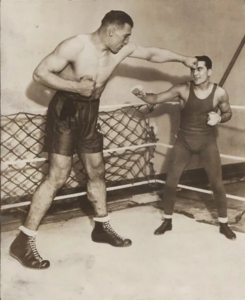

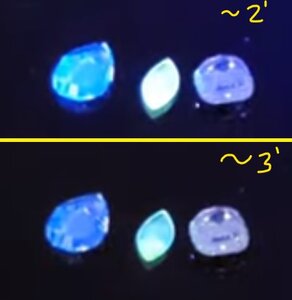
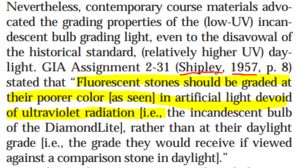
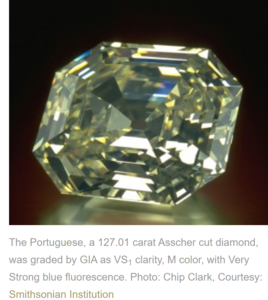
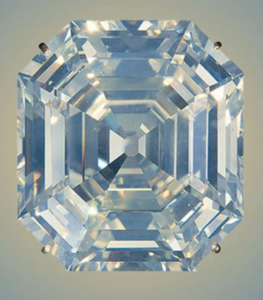



300x240.png)